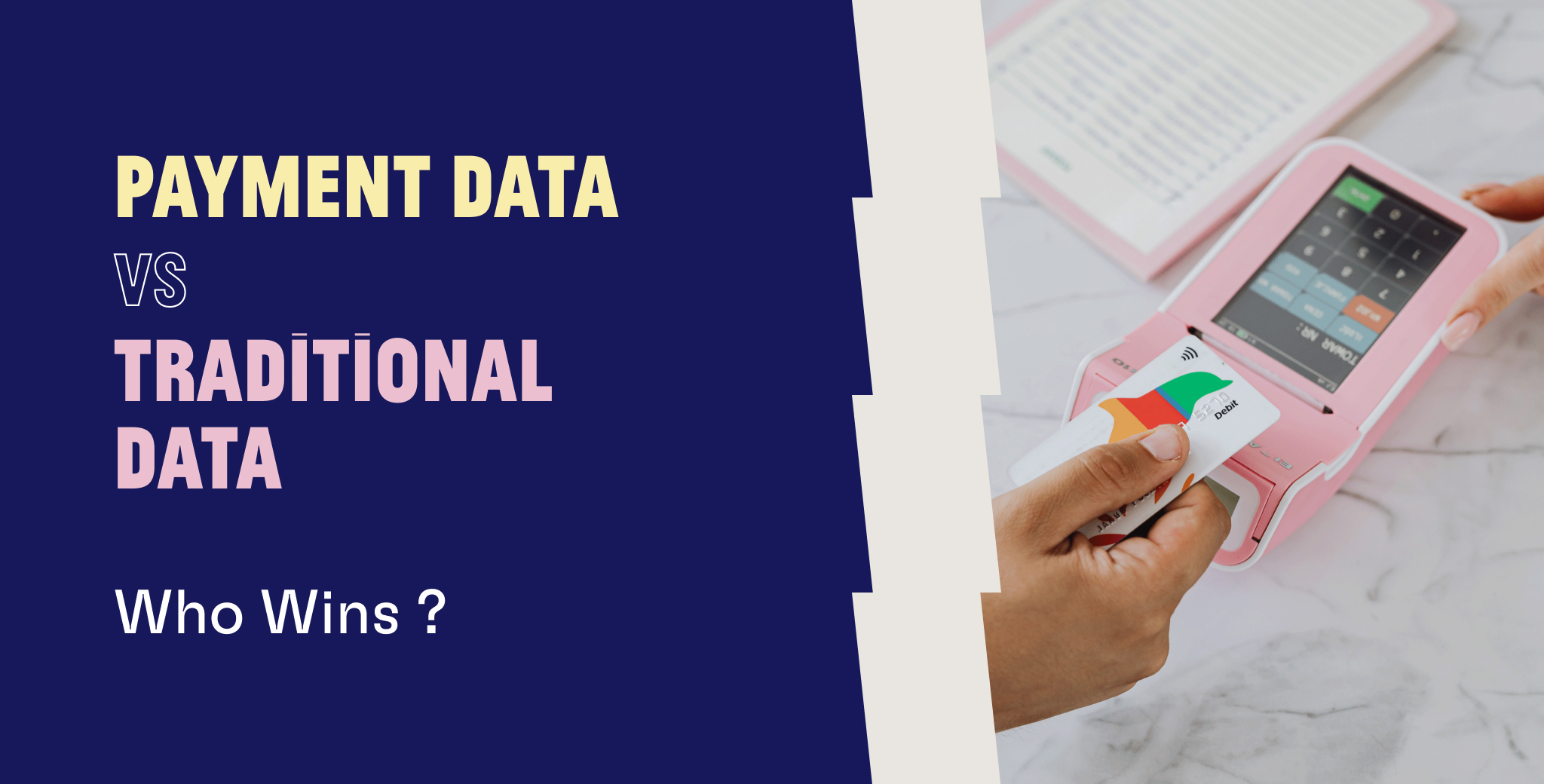Is finer data for better-informed brands within a regulatory framework that guarantees better protection for shoppers a pipe dream? More like a reality. This is what payment data offers today, with a value that is hardly comparable to that of traditional data.
Until now in the bosom of the banks, access to payment data has been opened up by the PSD2, the framework law of January 2018, at the heart of clear and demanding regulations.
This data, which connects the shopper to a concrete act of purchase and not to a guess (like footfall for example, or wifi data in shopping malls), thus opens the way to a better quality relationship between brands and their communities.
Payment data is becoming a key success factor for brands today. Whether it's through behavioral analysis, better identification of the shopper or the different levers that can be activated with this data, it is becoming crucial to bring retail into the data-driven era: payment data is the key.
Here are the 3 strengths of payment data, especially compared to traditional personal data, in the retail world.
-
1. A better relationship between shoppers and brands
Who hasn't dreamed of a simple and direct relationship with their favorite brands, to be treated as unique and to be rewarded within a personalized journey? This is what payment data allows above all.
It is natively omnichannel, and allows you to build customized offline and online experiences. With no cookies (which will be precious with the advent of cookieless by 2023) and with fewer "physical" loyalty cards, payment data allows retailers to improve their vision of shopping behaviours.
By providing brands with specific insights and segments, payment data is the key to better decision making in activating actions for shoppers, who are much better targeted and rewarded than in the past.
-
2. Better analysis of shopper behavior and more precise segmentation
Mastering and managing shopper payment data provides a gold mine of concrete information that can be used to better understand and anticipate shopper behavior, and thus personalize the relationship in an unprecedented way: frequency of visits to a shopping center or store, number of stores visited, average basket per store, penetration rate, halo effect, etc. Those elements help brands to:
- enrich the data provided by the shopper to propose relevant brands and generate incremental sales for them;
- have a better CRM for shopper engagement;
- Know the penetration rate of e-commerce sites in certain shopper segments;
- predict churn or the next purchase.
The knowledge of the shopper thus refined in relation to the brands makes it possible to transmit the right message, at the right time, to the right person thanks to a segmentation that other data sources do not allow.
-
3. A positive impact on sales
With a payment data management tool, you can not only integrate more shopper knowledge into your CRM and thus evaluate your performance against your competitors, but also increase your sales. How can you do this? By activating several levers:
- By evaluating the "hot spots", i.e. the most frequented areas of a shopping hub, and by adapting the location of your future store or the in-store distribution of your products according to their attractiveness.
- By defining loyalty programs adapted to your shoppers: cashback, promotions, personal shopper, free products, draws, parking reimbursement, events... The possibilities are endless!
- By allowing you to analyze the competition (the share of shoppers shared with other brands within the same shopping center, for example), which allows you to act by improving your value proposition and approach to attract more shoppers.


